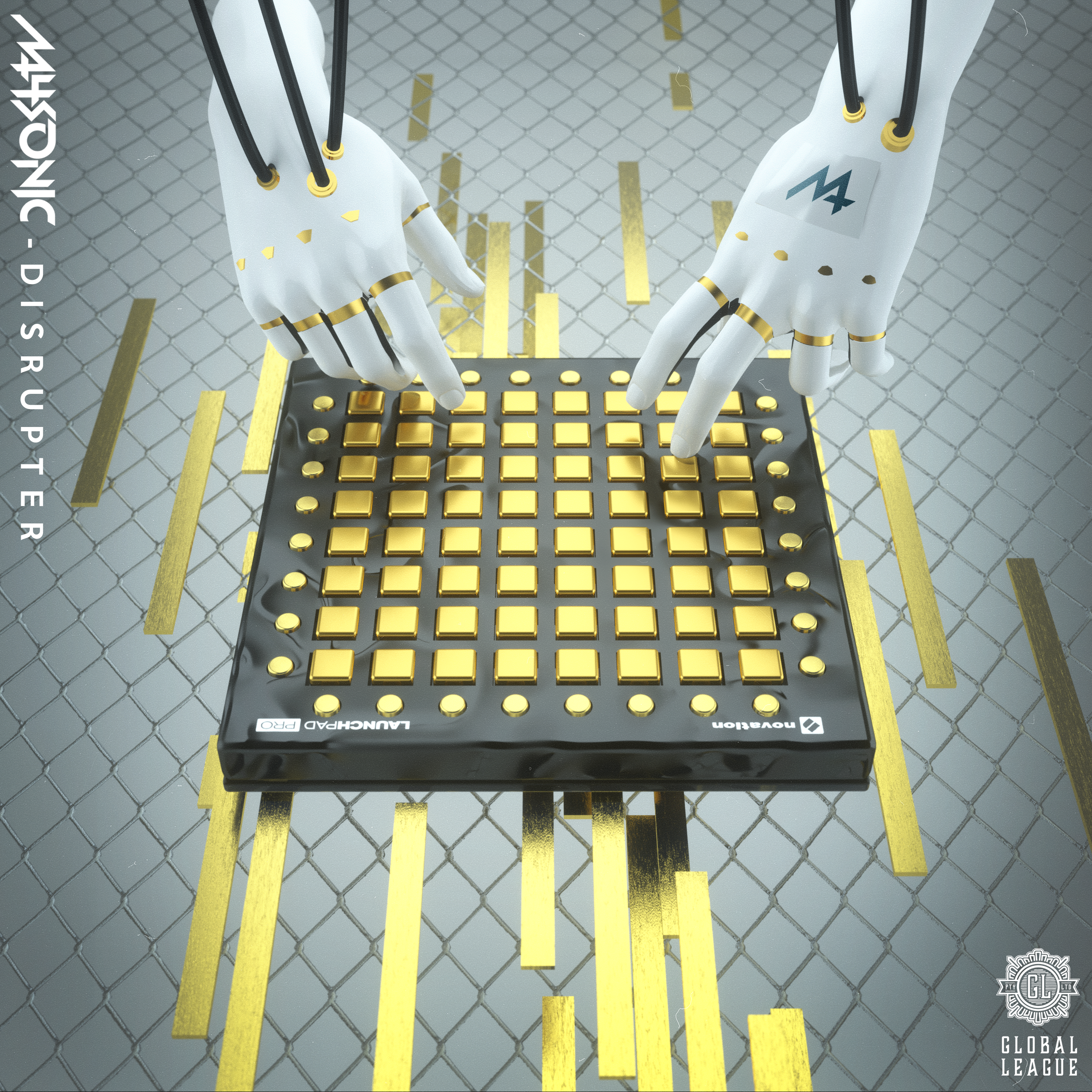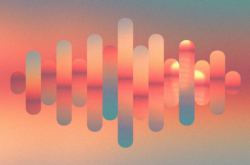Widely accepted as the world’s number one Launchpad artist, M4SONIC’s sheer production skill and enigmatic passion generate songs and performances that leave onlookers in awe. Spanning performing at TomorrowWorld, working with Pringles, and accidentally writing “The Fox,” M4SONIC’s career has been an incredible one to say the least.
We had the chance to chat with M4SONIC about finger drumming and his newest Launchpad track, “Disrupter,” which uses samples exclusively from Splice Sounds. Check out his dexterous performance of the song below:
Impressed? We’ve compiled a repack of the sounds used in “Disrupter” for you to get your hands on!
Splice: How have Splice Sounds and the desktop app impacted your workflow when building your projects?
M4SONIC: My workflow is so much quicker now, and the sound quality is also so much better. Being able to search in the right key / BPM and use tags to find the right sounds mean that my project ideas come alive in literally minutes.
S: Why do you separate all of your samples into multiple tracks instead of using one drum rack on one track?
M: Separating the samples across multiple tracks and drum racks enables me to mix and layer the sounds. Using a filter on one sample gives room for a bass stab to punch through, or for a vocal chop to sit on top of the mix. If they were all crammed into one channel, it would sound like mud.
S: Have there been any significant changes in your pad layout since you originally started?
M: My original percussive drum rack layout has remained the same, due to my left hand not being as dexterous as my right. I keep it down on the bottom left of the pad (out of the way) so that my right hand can freely mash-up everything around it. The right hand drum rack layout is simple; the bottom of the pad is for bass stabs, the top right for the melodic parts, and then anything above my left hand is reserved for chords and FX used in breaks and builds. This essentially separates the pad into four quadrants.
S: Did you use any specific practice techniques when working on 2:21 ? Are there any tips you have for developing better independence between the left and right hands?
M: That particular part of the song was probably the most fun to perform as I developed a ‘finger trip double up’ (I just made that up, that’s not a thing haha), where my index and middle finger were used on the same pad to create that double-tap play style. I could hear the idea in my head but couldn’t execute it with just one finger, so I used two.
S: Have you established any set warm-ups or practice exercises that you keep coming back to?
M: Not really, I probably should though. Sometimes when I haven’t played in a while, I no longer have the dexterity to perform certain sequences and I have to build up my speed again. I still get blisters from rehearsing.
S: Which samples did you start this project with (drums, stab synths, etc)?
M: I started with the beat and some super random stabs just to get something flowing. Specifically, I started out with a kick, snare, and some hats, then added some synths. Over time I literally replaced everything as I found new and different sounds, which slightly changed the style of the song each time. I can’t think back to what I started with, since I lost count after subbing hundreds of samples in and out. It’s all trial and error making these Launchpad songs. I think I made two other ideas for songs in this process – there are just so many possibilities.
S: What advice do you have for beginner finger drummers?
M: Step one: start small. Start with something as simple as a kick and snare, and then add a closed hat and ride. If that’s already difficult to play with one hand, change it up until something sticks or is comfortable for you. The bad news is that it takes time – so enjoy the process. Don’t try and create a complete song in one session. Finger drumming takes an enormous amount of random access memory (in the brain, not your computer).
Step two: sample selection. Pool sounds together that are all in the same key. For example, let’s be boring and use the most overused key in electronic dance music, F minor. Find a chord stab, bass stab, vocal chop, synth stab, percussive hit, and kick that are all in F minor. Now try playing all of these together. You’re now already 50% of the way there to making something.
Step three: memory chunking. Just like with cell phone numbers, we remember better by breaking long strings of information into smaller bite-size pieces. It’s the same with finger drumming. Rehearse a small sequence or groove until the brain has learned the pattern purely by recalling the resulting sound. You should no longer be thinking about which pad you need to press, but more about what sound you’re trying to reproduce. You’ll find yourself in an autonomous flow of sampling heaven. Once you’re confident you have this down pat, repeat step two with new sounds.
February 16, 2018



